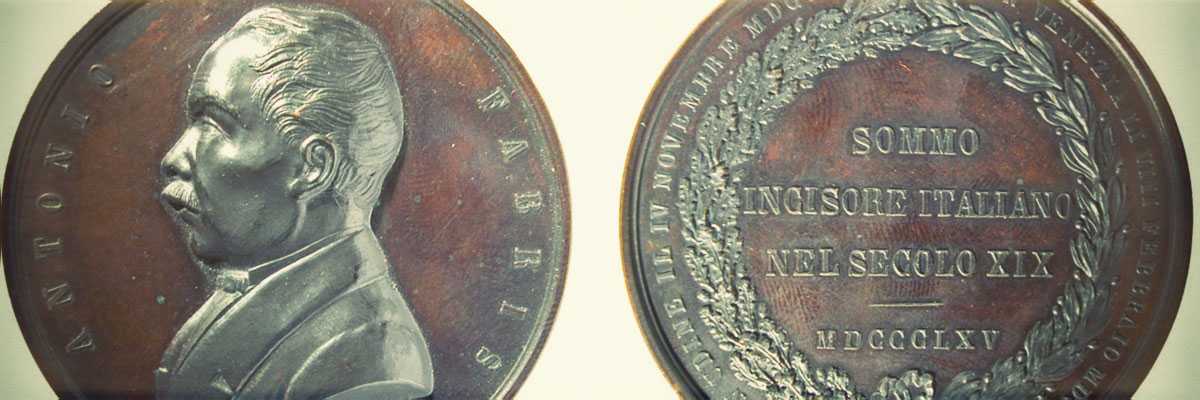California has some 4,000 miles of canals, and much of the water they carry evaporates before reaching its destination. It also has a large amount of sunshine throughout the year, potentially exploitable for photovoltaic energy.The Nexus Project (Fall 2022 - 2024) is a pilot experiment that will cover the canal infrastructure of the Turlock Irrigation District to achieve these main objectives:Demonstrate proof of concept of narrow and wide-span canal coverage of solar panelsIncrease renewable power generationReduce water evaporation in canalsExperience water quality improvementsReduce vegetati
Already subscribed? Login →
Continue reading:
7,99€ per month, or 59€ per year
Invest in culture, in beauty, in a better future.
You can unsubscribe whenever you want.
or



